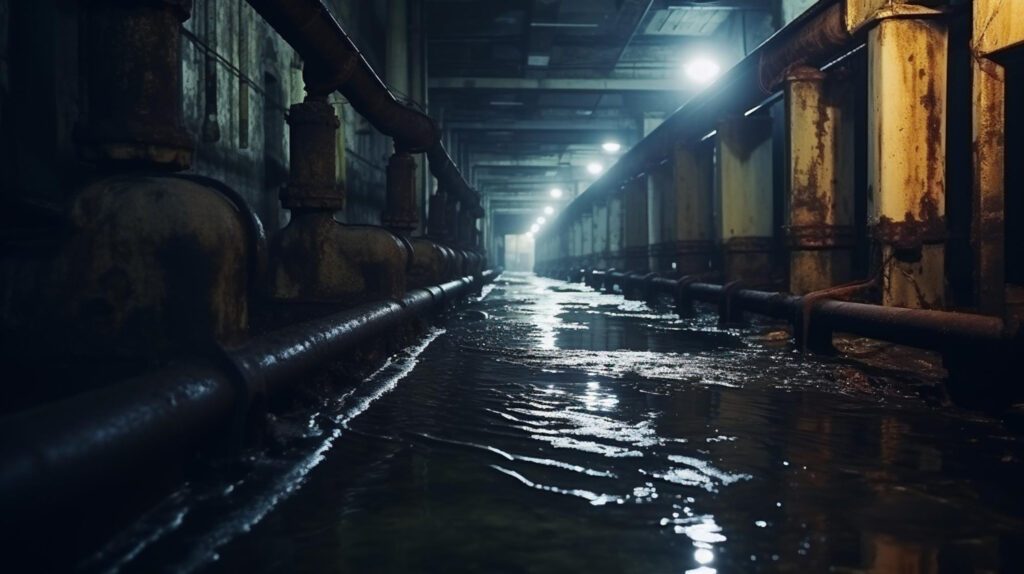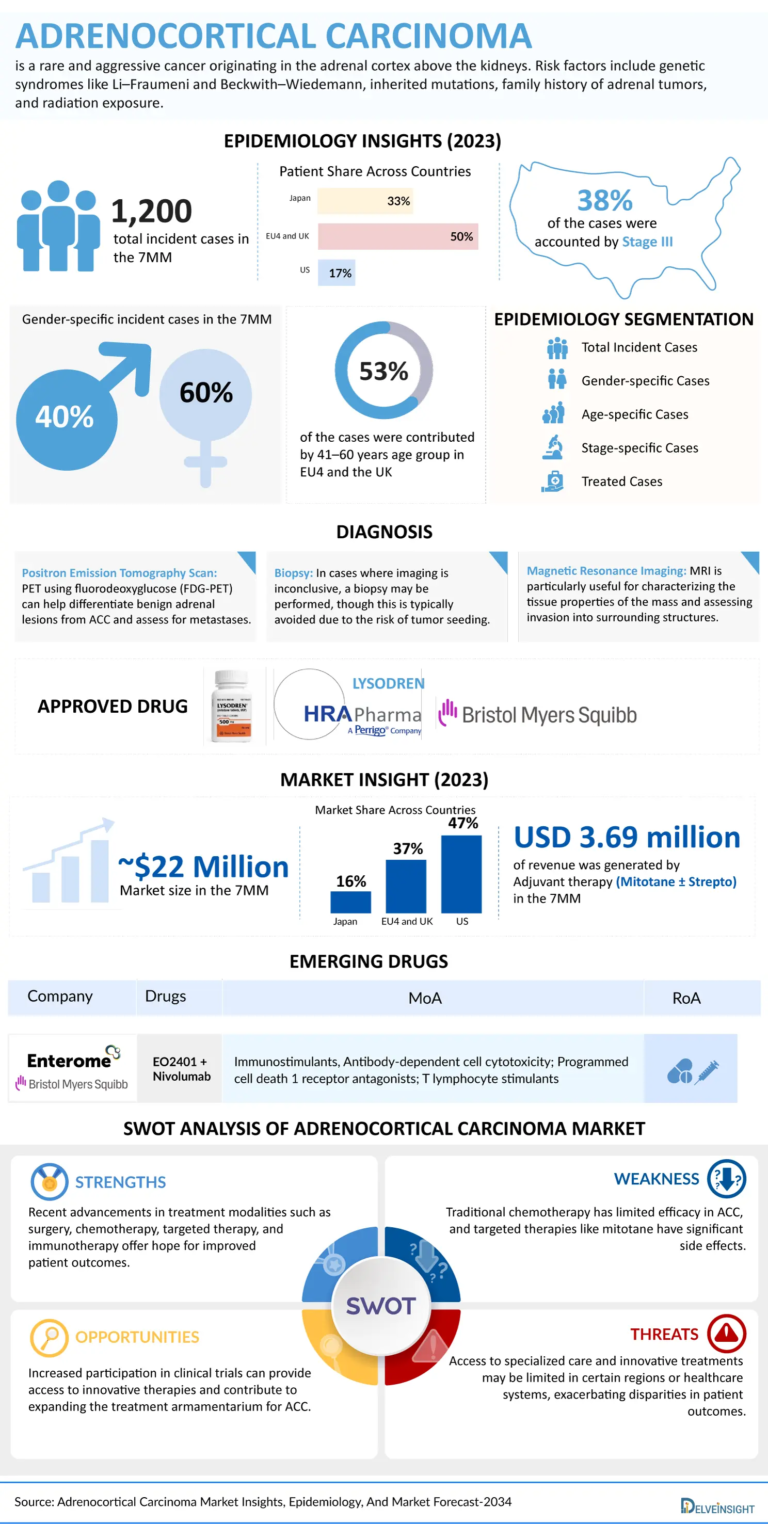As urban populations expand and environmental concerns intensify, municipal wastewater treatment plays a pivotal role in safeguarding public health and preserving natural water resources. In the past, conventional wastewater treatment methods focused solely on removing pollutants from wastewater to prevent contamination of water bodies. However, as cities face greater environmental challenges, the future of wastewater treatment is increasingly defined by innovation, sustainability, and efficiency. In this article, we explore the cutting-edge technologies and strategies shaping the future of municipal wastewater treatment and how these innovations are paving the way for cleaner, more sustainable water management.
Emerging Technologies in Municipal Wastewater Treatment
1. Membrane Bioreactor (MBR) Systems
One of the most promising innovations in municipal wastewater treatment is the Membrane Bioreactor (MBR) system. MBRs combine biological treatment processes with membrane filtration, offering a more efficient way to treat wastewater. The biological process breaks down organic matter, while the membrane filtration removes fine particles, pathogens, and bacteria from the effluent.
This advanced system not only ensures high-quality treated water but also occupies less space compared to conventional treatment methods. MBRs are especially beneficial in urban areas where space is limited and high-efficiency treatment is required.
Key Benefits:
- High-quality treated water suitable for reuse in irrigation, industrial processes, or even potable applications after additional treatment.
- Compact design ideal for space-constrained urban environments.
- Enhanced pathogen removal for improved public health protection.
2. Resource Recovery and Wastewater Reuse
A major shift in the future of municipal wastewater treatment is the focus on resource recovery and the reuse of wastewater. Traditional wastewater treatment plants primarily discharge treated water back into the environment, but the future of water management goes beyond simple disposal. By recovering valuable resources from wastewater, municipalities can reduce costs, conserve resources, and support sustainability efforts.
Innovative resource recovery processes include extracting nutrients like nitrogen and phosphorus for use as fertilizers, capturing biogas for energy production, and even recycling treated wastewater for non-potable uses such as irrigation, industrial cooling, or landscape irrigation. These advancements not only provide environmental benefits but also reduce the demand for freshwater, contributing to water conservation.
Key Benefits:
- Reduces reliance on external resources like chemical fertilizers and energy.
- Supports sustainable water management through wastewater reuse.
- Decreases the environmental impact of wastewater treatment.
3. Anaerobic Digestion for Energy Production
Anaerobic digestion, which involves breaking down organic waste in the absence of oxygen, is becoming a central feature of municipal wastewater treatment. This process generates biogas, which can be used as a renewable energy source to power wastewater treatment plants or be converted into electricity. The implementation of anaerobic digestion also helps reduce greenhouse gas emissions by capturing methane, a potent greenhouse gas, and using it as an energy source instead of releasing it into the atmosphere.
Key Benefits:
- Generates renewable energy from wastewater treatment processes.
- Reduces greenhouse gas emissions, contributing to climate change mitigation efforts.
- Improves the energy efficiency of wastewater treatment plants.
4. Decentralized Wastewater Treatment Systems
As cities grow and populations increase, decentralized wastewater treatment systems are gaining traction as a more flexible and sustainable alternative to traditional centralized systems. These localized treatment plants can serve neighborhoods, districts, or industrial parks, reducing the strain on central treatment plants and offering more tailored solutions for wastewater management.
Decentralized systems are especially effective in areas with limited infrastructure or rapidly expanding urban populations. Technologies such as constructed wetlands, small-scale Membrane Bioreactors (MBRs), and aerobic treatment systems provide efficient treatment solutions at the local level, improving wastewater management in less urbanized areas or remote regions.
Key Benefits:
- Cost-effective and energy-efficient for communities with limited access to centralized infrastructure.
- Reduces the need for extensive pipeline systems and transportation of wastewater.
- Offers flexibility and scalability, ideal for rapidly growing urban areas.
5. Artificial Intelligence and Automation in Wastewater Treatment
Artificial intelligence (AI) and automation are revolutionizing the municipal wastewater treatment industry by providing data-driven solutions that enhance the efficiency and performance of treatment plants. AI-based systems can optimize treatment processes by predicting changes in water quality, adjusting treatment parameters, and identifying maintenance needs in real time.
Additionally, automated systems can improve decision-making by analyzing data from sensors installed throughout the treatment process, identifying inefficiencies, and suggesting corrective actions. This results in more reliable operations, reduced energy consumption, and lower operational costs.
Key Benefits:
- Real-time monitoring and decision-making for optimized wastewater treatment.
- Predictive maintenance to reduce downtime and operational costs.
- Improved energy efficiency and reduced environmental impact through data-driven insights.
The Role of Green Infrastructure in Future Wastewater Treatment
As part of a broader trend toward sustainable urban development, municipal wastewater treatment will increasingly incorporate green infrastructure solutions. Green infrastructure uses natural systems such as plants, wetlands, and soils to manage stormwater and treat wastewater in an environmentally friendly way.
Constructed wetlands, vegetated swales, and bioretention ponds are examples of green infrastructure that can help filter out pollutants, reduce runoff, and improve water quality. These systems offer an affordable, low-maintenance solution for managing wastewater and stormwater in urban areas while promoting biodiversity and enhancing urban green spaces.
Key Benefits:
- Reduces the need for energy-intensive, chemical-based treatment processes.
- Improves water quality by using natural filtration systems.
- Enhances urban ecosystems and provides aesthetic and recreational value.
The Future of Municipal Wastewater Treatment: Challenges and Opportunities
The future of municipal wastewater treatment is bright, but there are still several challenges to overcome. Many cities struggle with outdated infrastructure, limited funding, and complex regulatory frameworks. However, the opportunities provided by innovative treatment technologies and sustainable practices are enormous.
By embracing advanced technologies such as MBRs, anaerobic digestion, and AI-based systems, municipalities can modernize their wastewater treatment infrastructure to meet the demands of the future. Additionally, the focus on resource recovery and water reuse will help cities become more self-sufficient and resilient to water scarcity.
Governments, industries, and research institutions must collaborate to drive innovation, foster sustainability, and invest in the infrastructure needed to meet the water challenges of tomorrow. With continued investment in research, policy development, and technology adoption, the future of municipal wastewater treatment holds immense potential for cleaner water, healthier ecosystems, and more sustainable cities.
Conclusion
The future of municipal wastewater treatment is marked by a strong focus on innovation, sustainability, and efficiency. From advanced treatment technologies like Membrane Bioreactors to the integration of green infrastructure and artificial intelligence, the industry is evolving to meet the challenges of urbanization, water scarcity, and environmental preservation. By adopting these innovative strategies, municipalities can create a more sustainable and resilient future, ensuring cleaner water and a healthier environment for generations to come.












